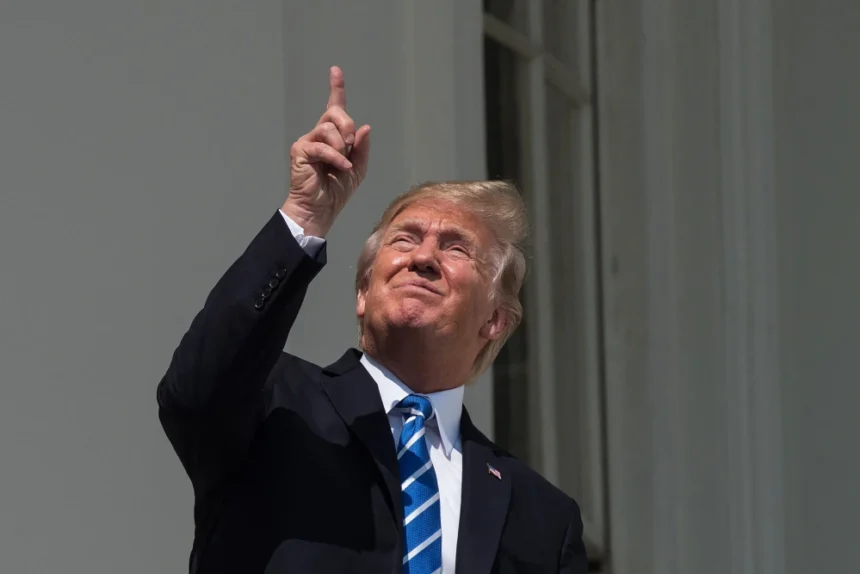President-elect Donald Trump announced plans on Friday to eliminate daylight saving time when he takes office, signaling a shift away from the time change practice that has been in place for over a century.
Trump’s Statement and Party Support
- In a TruthSocial post, Trump emphasized the inefficiency of daylight saving time, calling it “inconvenient” and “costly” to the nation.
- He has pledged that the Republican Party will work to abolish the practice entirely.
Key Supporters:
- Elon Musk: Advocated for eliminating time changes, calling them inefficient.
- Vivek Ramaswamy: The incoming leader of the newly created Department of Government Efficiency, echoed Musk’s views.
Opposition Within the Trump Circle:
- Donald Trump Jr.: Advocates for keeping daylight saving time permanent, aligning with the bipartisan 2022 Senate bill.
The 2022 Senate Bill
The Senate passed a bill in 2022 with bipartisan support to make daylight saving time permanent, but it failed to gain traction in the House.
- Sen. Marco Rubio (R-Fla.), a key backer of the bill, is now slated to become Trump’s Secretary of State, adding complexity to the legislative push.
- Other Sponsors: Bipartisan senators including Ron Wyden (D-Ore.), Rick Scott (R-Fla.), and Ed Markey (D-Mass.).
The History of Daylight Saving Time
- First implemented in 1918 during World War I to conserve energy.
- Certain regions like Hawaii and parts of Arizona do not observe daylight saving time, underscoring its uneven adoption across the U.S.
What’s Next?
Trump’s campaign has not clarified whether his plan involves abolishing the time changes completely or adopting permanent daylight saving time. However, the debate signals an effort to modernize outdated practices and streamline efficiency.
Public Opinion
The issue remains divisive, with strong opinions for both abolishing the practice altogether and making daylight saving time permanent—a debate that will likely continue into the next administration.









